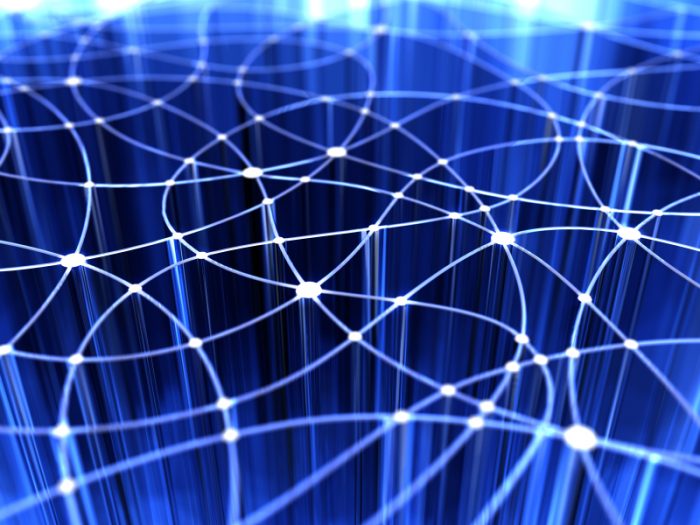
What does it take to connect the #1 public research university in the U.S. to the rest of the world? The answer is a powerful network, that allows faculty, students, staff, and researchers on the U-M Ann Arbor campus to reach and share enormous amounts of information with their partners around the world.
The data network is the technical foundation for teaching, learning and research at the University of Michigan. The U-M community depends on highly available wired and wireless networks to achieve the mission of the institution. Cutting edge research requires highly performing networks that scale with the exponential growth of data intensive science.
Investing in our future
With this need in mind, university leaders approved a $7.3 million dollar investment in the core network upgrade. The total cost for the project will be $10.1M. The project kicked off this fall, and is scheduled to complete in FY2022. This work will be led by Information & Technology Services (ITS) in partnership with the Office of the Provost, Procurement Services, and unit IT and financial leadership across campus.
The project will reduce the four core communication hubs to two core core communication hubs capable of connecting North and Central Campus to increase performance. This approach requires:
- New fiber investments to connect campus buildings in the new design and eliminate all single points of failure. This should keep the university’s fiber architecture current for 30-50 years.
- An electronics investment for the new network core. This should keep the network ahead of campus requirements for 5-7 years.
- An environmentals investment (e.g., power and HVAC) for the two core communication hubs. This should keep the core communication hubs current for 10-20 years.
Benefits
This project is expected to bring many benefits to the university community. Most important among them are:
- Support data intensive science research requiring extensive bandwidth
- Increase network speeds by up to 100 times
- Improve the resiliency of the network
- Increase the ability for our core communication hubs to survive a power outage
- Decrease network complexity
- Invest in fiber in a way that makes future investments less expensive and provides higher speeds
- Improves service and avoids costs for future electronics investments
- Positions the university to take advantage of advances in electronics, software, speeds, and pricing over time
- If desired, permits U-M to consider future network integrations with other U-M campuses
Related projects
ITS is coordinating the Core Network Upgrade Project with other projects planned to enhance the network, such as increased fiber connectivity between campuses and our primary campus data center. In addition to the work being planned for the core network upgrade, staff will be working on projects to replace distribution layer switches (DL’s act as a bridge between the core network and access layer network) in campus buildings, as well as a build out of increased capability at a North Campus telcom site.
Currently the project team is completing work on an electronics RFP, the build out of fiber around the Ann Arbor campus, and environmentals in the data centers. To stay up to date on the progress of this project, you can visit the project website for updates.
